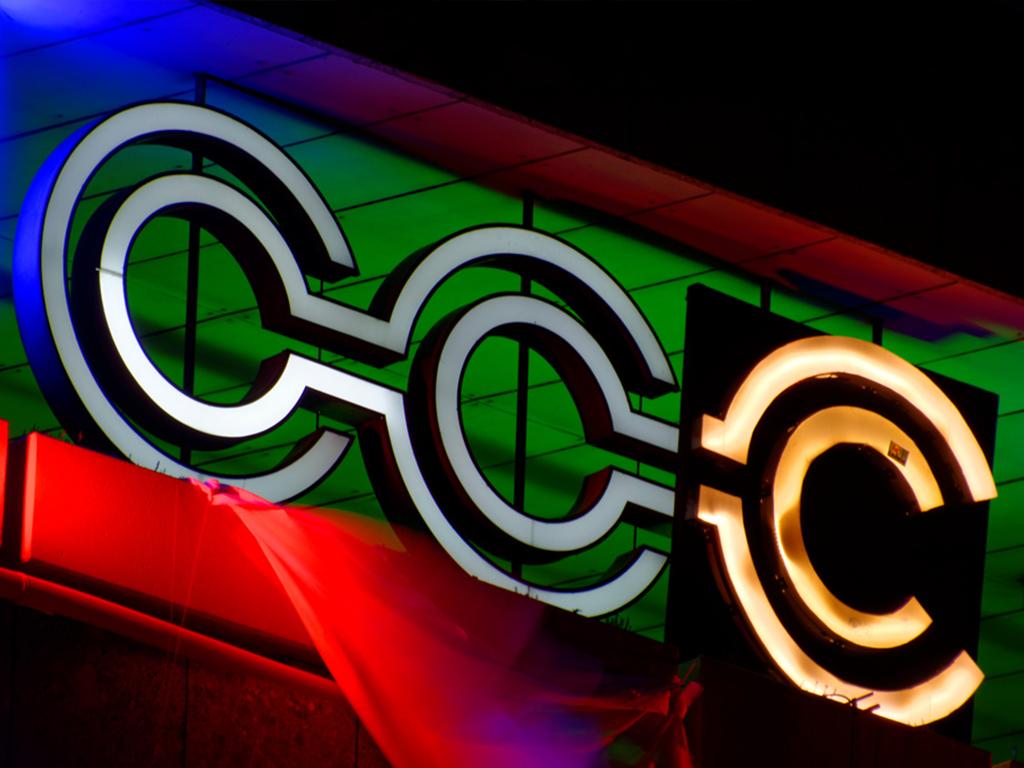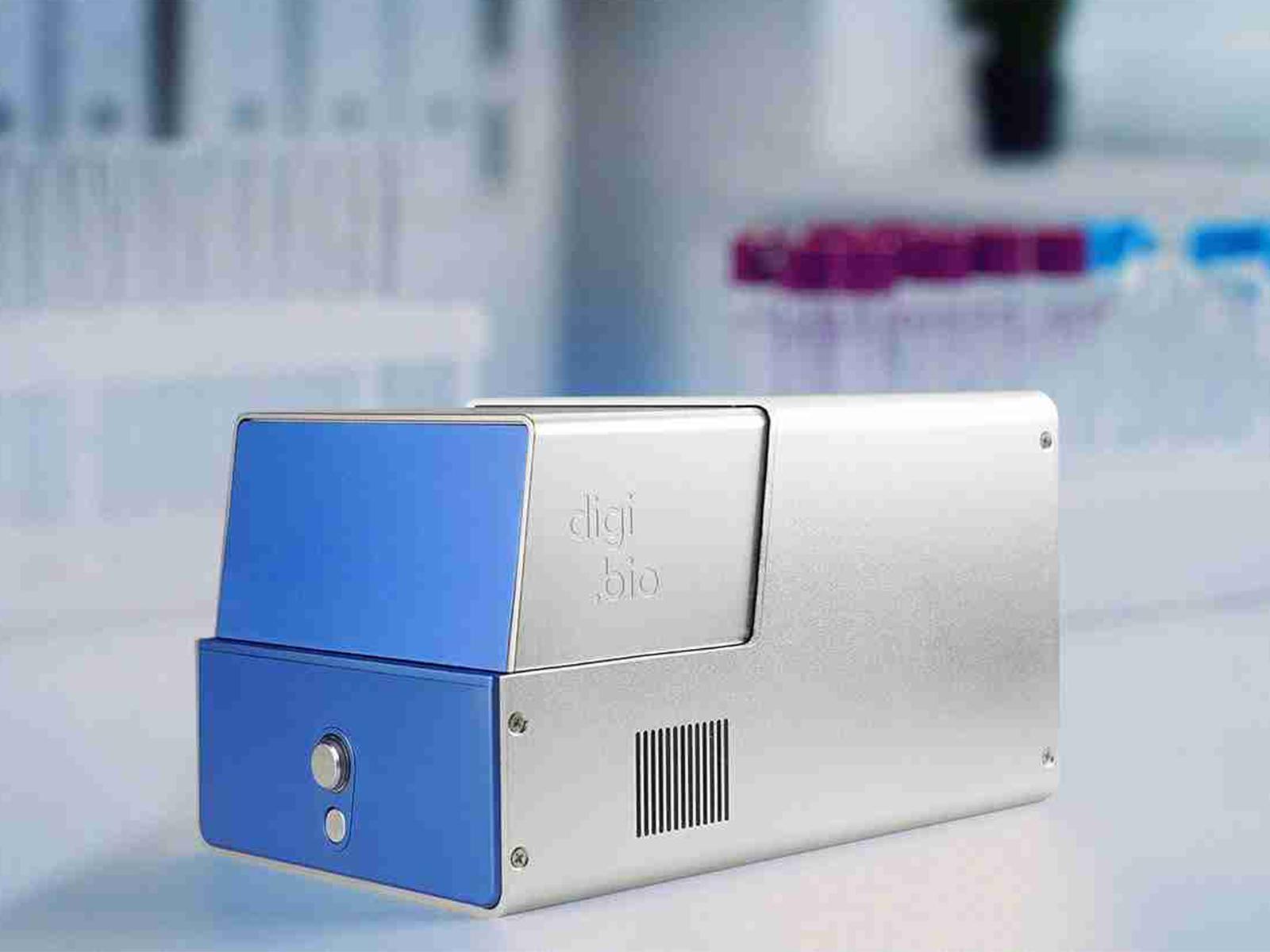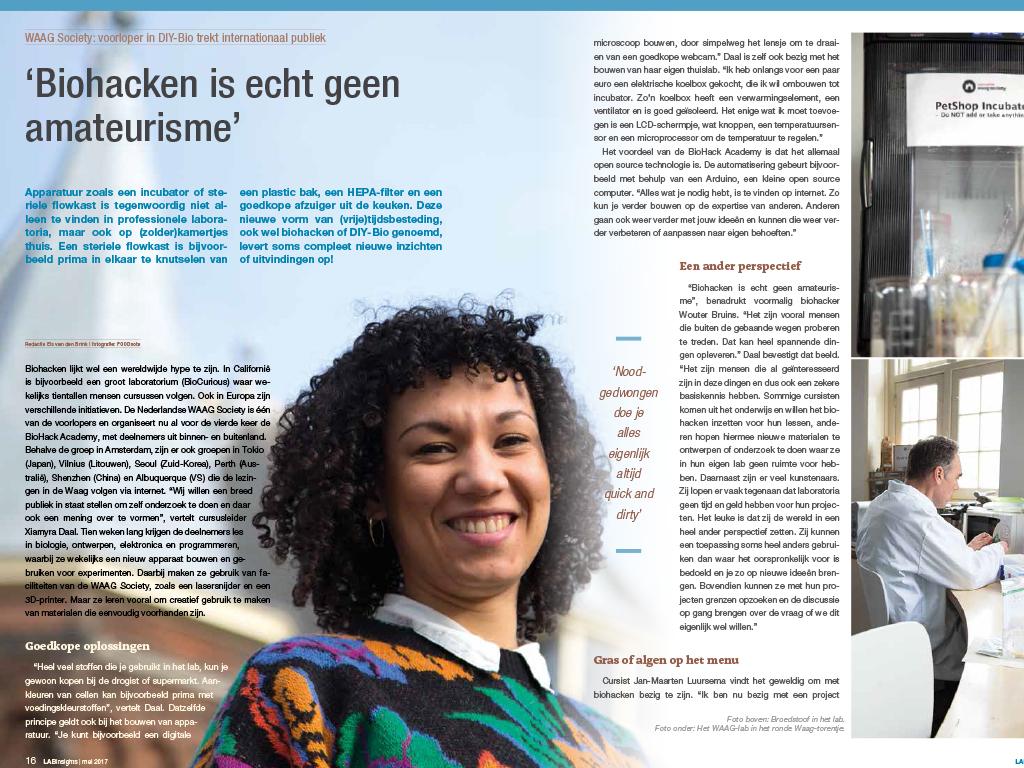The annual conference of the Chaos Computer Club might not be the first place that comes to mind when thinking of biotechnology. Although in the midst of computer, food, car and even tamagotchi hacking biotechnology is not such an odd one out. No wonder that room 13 filled easily with computer experts eager to learn about biology.
Together with Jessica Bernd of the new Biotinkering group in Berlin, Waag held a self-organized session. The goal was to introduce the audience to the upcoming field of biotechnology, and investigate whether this could be considered a suitable playing field for “hacking” practices.
Jessica started the session with an introduction on the motives and core values of what is often reffered to as Do-It-Yourself Biology, biohacking, biopunk and/or biotinkering. This ambiguity in naming was already the first out of many similarities between IT and Biotech hacking ethos.
Recently Jessica left her academic career behind, to engage in biotechnology more freely and become an proponent of open source biotechnology. Passionate to make a real difference.
After a presentation of Waag's Open Wetlab facilities and activities, it was time to get hands-on. In terms of wet experiments all participants were shown how to extract DNA and run DNA gels. And we brought the Hackteria microscope kit and Public Lab spectrometer along to show how easily laboratory equipment can be build from open source components. Onions got chopped up and closely observed by a hacked webcam.

Assembling the Public Lab spectrometer from a webcam, broken DVD and DIY plumbing tools.
Everyone mixed and mingled to get a feel of what biotinkering feels like, and in the process the “programmability” of living cells were extensively discussed. By drawing analogies between computer sciences and biology, everyone was able to communicate. DNA is source code, RNA is a make file and protein an executable. It's just that the additional 3 dimensional programming environment of gels make everything a little bit more difficult. Quickly everyone agreed we need more biological simulation and debugging tools.
Unfortunately we got kicked out of room 13 before the DNA gel was finished. It was already time for the next workshop, on Go Programming. We had to make way for the next part in the continuous stream of open knowledge and exchange of skills at the event. That's exactly the beauty of the CCC, and the very reason why biotinkering belongs here.

Running a DNA gel electrophorese in the Hamburg Conference Center.

Taking a close look at an onion slice with the Hackteria microscope kit.


